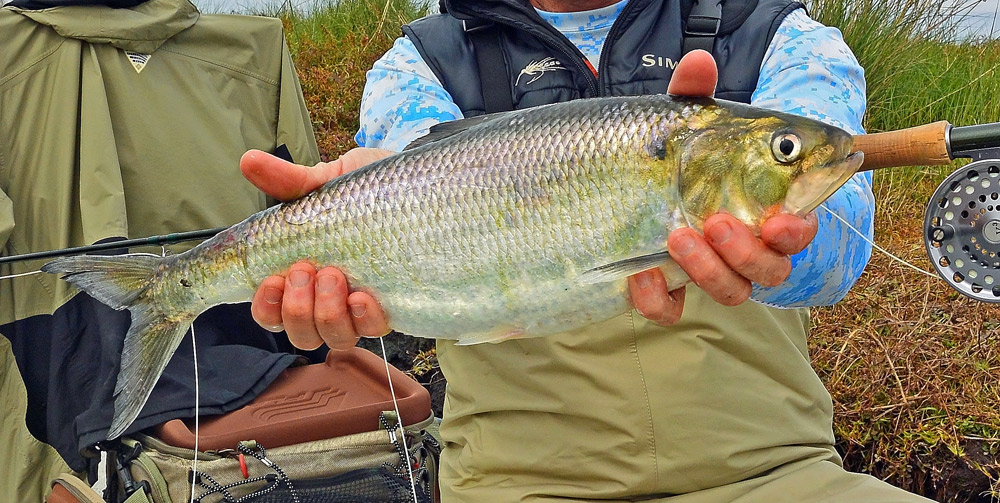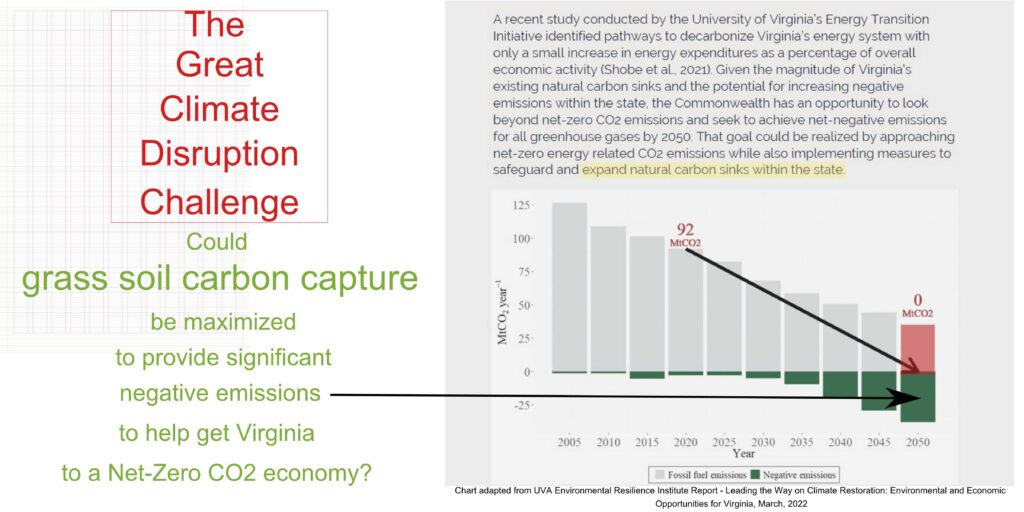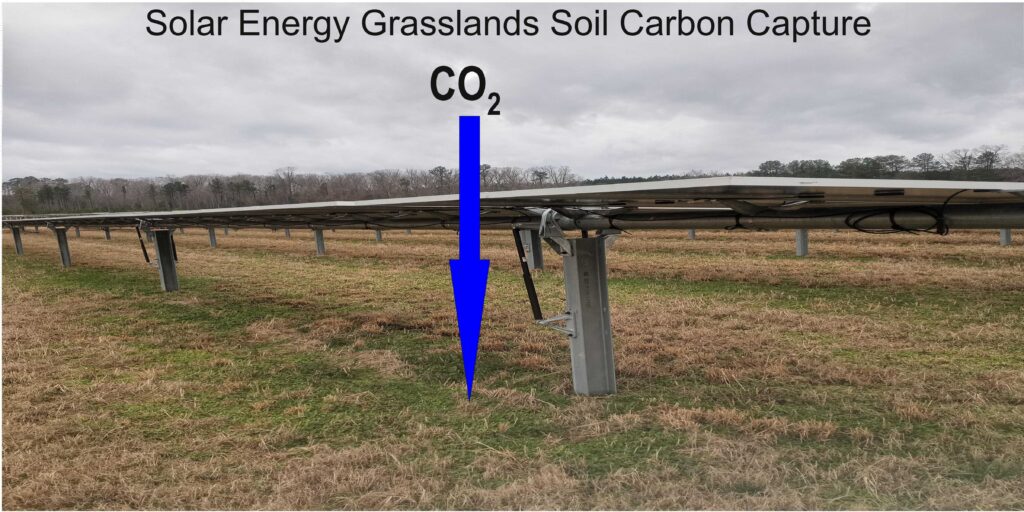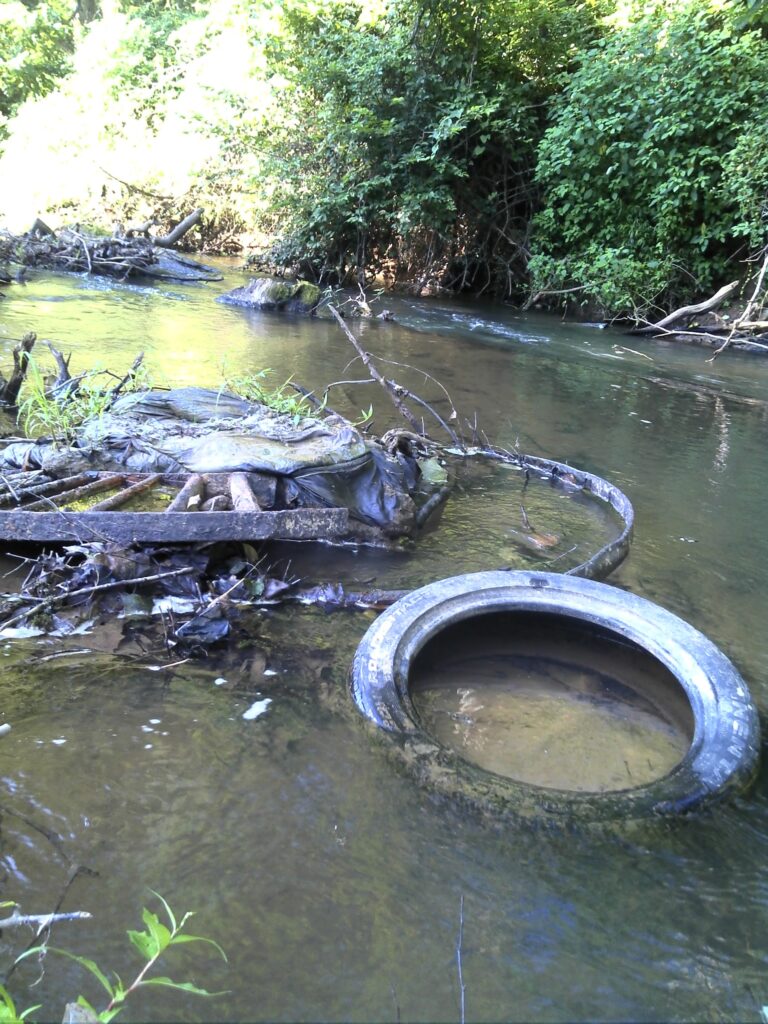December 15, 2022
Dear Friends,
American Climate Partners began in 2006 as two non-profit organizations – Public Policy Virginia and Conserv. In 2012 they merged – with a mission to create jobs in rural areas through environmental restoration. From 2012-2022 we spent 10 years in the trenches testing Natural Capital solutions at the intersection of wicked problems in the social-environmental space. We concluded that in our geographic area – the mid-Atlantic-Southeast region, US we can move the needle through new methods of landscape management of upland and wetland grassland ecosystems for biodiversity and climate restoration.

In the last ten years we have created hundreds of Civilian Conservation Corps (CC) type jobs in rural areas through restoration of over 500 river miles of riverbank and over 1000 acres of agricultural, habitat, and lawn grasslands, all in Virginia. Recently, through a strategic planning process, our Board of Directors learned that nearly all of our work has a carbon capture co-benefit. After a year of deliberation, the Board unanimously decided to change our name to American Climate Partners, signifying the unifying theme of our major enterprises, – StreamSweepers, SoilKeepers, The Rapidan Institute, and the Virginia Wildlife Habitat Cooperative. Click here to donate a gift going to all programs.
Regarding “climate,” is there a useful metaphor to understand it? Economist Kenneth Boulding asks if human culture today is more cowgirl or spaceman – meaning at this moment are we more like the cowboy, with the freedom to do whatever we want on the range, or are we like the spaceman, awaking from a slumber in our capsule realizing our climate controls are haywire and we have 60 seconds to adjust the oxygen and carbon dioxide dials before we pass out? Obviously, it’s not one or the other, the proportion of each likely depending on our location in the city or country. Historic cultural archetypes have profound contemporary influence.
American Climate Partners is an entrepreneurial organization, arguably cowboy like, taking risks, living close to the land. We see a way forward combing the creativity of the cowboy with the attention to detail of a scientist. We build and implement natural solutions to heal our climate. By climate, we mean the biological, geological, and chemical cycles that are the foundation of life as we know it on Planet Earth, and which create what we know as “the Climate.” By natural solutions, we mean management of the land and water, through thinking and doing, in new ways that restore these cycles to the way they were before the industrial revolution.
Natural Solutions
The notion that we can fix our climate is relatively recent. Most of the thinking in the last decade about what to do about climate disruption, climate change, global warming (all of which are ways to describe what I call climate haywire), has been in the realm of adaptation or what some call resiliency. And resiliency is important. But at American Climate Partners we believe thinking this way should not get us off the hook for trying to fix the problems contributing to climate change.
Our mission is to fix these problems by restoring the cycles we depend on to their pre-industrial state. By cycles I mean the water cycle, the carbon cycle, the nitrogen cycle, and others. For instance, how do you restore the carbon cycle? You have a smaller percentage in the atmosphere.
In this 2022 edition of our annual update, we highlight below a few of our most important projects using natural solutions.
Rapidan Fish Passage Project
On December 8, 2022, American Climate Partners completed our purchase of the Rapidan Mill Dam and nearby Culpeper riverbank. We hope to alter the dam (partial removal) sometime in the 2024-25 timeframe with the goal of reconnecting the Rapidan River headwaters and tributary rivers and streams to the Atlantic Ocean, to re-open the historic habitat of American Shad and other migrating fish. Our acquisition of the Dam is a major milestone in this project.

Next year will be another critical year because we need to submit a lengthy surrender report and application to the Federal Energy Regulatory Commission, before we can start physical alteration of the form power-generating structure. Right now, we do not have the funding to prepare this type of complex legal document. To raise funds, we have plans to create a Rapidan Fish Passage Tribute Wall. Click here to donate to the Fish Passage Project or to become a Fish Passage Patron.

We will also need to decide how we are going fund the deconstruction next year, either through a public-private partnership or through grants and charitable donations. It is noteworthy, and hard to believe, that right here in Central Virginia, we have one of the most significant dam projects in the United States, according to American Rivers, a nonprofit that has been at the forefront of protecting and restoring rivers for nearly 50 years. Obviously, this is a once in lifetime opportunity to be part of such a significant restoration project.
CarbonRancher
The Climate Resilience Institute (CRI) at the Environmental Resilience Institute (ERI) at the University of Virginia earlier this year published a study showing paths forward for de-carbonization of our economy (UVA Environmental Resilience Institute – Climate Restoration Initiative Report). The study estimated a deficit of 40 million metric tons CO2 by 2050.

American Climate Partners has significant field experience providing regenerative landscape management services in the agriculture, estate, and utility sectors. We estimate that the 10- to 20-year sequestration potential of Virginia’s existing turfgrass and agricultural grasslands can be a significant portion of this deficit, even excluding the likely expansion of grassland atmospheric carbon drawdown opportunities provided by the solar utility sector. We make this estimate using conservative estimates of soil organic matter and a small percentage of existing statewide grasslands landowners adopting deep carbon strategies focusing on regenerative landscape and grazing practices (based on SoilKeepers + Partners soil test data showing increase in percent soil carbon as a result of regenerative management applied to existing Virginia grasslands turfgrass and hay and pasture acreage, estimated from 2022 ESRI data.)

Building off this experience, American Climate Partners has launched CarbonRancher, a voluntary, non-profit project to incentivize landowner capture atmospheric carbon in lawns, hayfields, pastures, and grasses under new large commercial solar energy arrays in the mid-Atlantic and Southeast region of the U.S.. To provide more robust data linking regenerative management with soil carbon sequestration – paving the way for more significant incentives, we have begun collaborating with Partners, such as the Virginia Forage and Grasslands Council and Virginia Association of Biological Farmers, on the Virginia Grasslands Deep Carbon Project. The Deep Carbon Project goes beyond current research efforts by developing data from deeper in the soil profile – down to a minimum of 12 inches and to expand the methods used to potentially achieve greater soil carbon storage. Click here to donate to the Deep Carbon Project.

Dominion Solar Soil Carbon Project
According to Project Drawdown, electricity production is the single largest global source of anthropogenic emissions. Clearly utilities must be engaged in climate restoration. A few weeks ago, we announced the Solar Soil Carbon Project, an innovative multi-year pilot partnership with Dominion Energy to capture carbon in the soil in the company’s largest solar installation at Fort Powhatan, Virginia.
The pilot project will begin with measurement of changes in soil carbon caused by the application of biochar which is created from waste wood. The biochar will be placed under the solar panels and the carbon reductions will be measured over time as part of the five-year pilot study.

“We are at the dawn of accelerated and deliberate carbon storage in natural areas of the mid-Atlantic region. Our need for all the above climate restoration strategies compels this bold step now,” said Al Weed, Chairman of American Climate Partners. “It is in the best spirit of our American entrepreneurial heritage that we will learn much about soil carbon drawdown in Virginia’s natural areas in the years ahead.”
The Virginia General Assembly has set a goal for a Net-Zero CO2 economy by 2045. All sectors of Virginia’s economy are called to participate in meeting this goal. To date, only targets in the energy sector have been established in state energy policy. In the Solar Soil Carbon pilot project, American Climate Partners will study the capturing of already released greenhouse gases in the grass underneath Dominion Energy’s solar installations.
Virginia Wildlife Habitat Cooperative
Eighty per-cent of all land-based carbon stored on Earth is in the soil. Studies are emerging showing that the greater the grassland biodiversity, the more carbon is stored in the soil.
How do we move from findings in academic papers to mass landowner action in the mid-Atlantic region? Step 1 is getting out of our silos and working together across disciplines. The wildlife crowd needs to work with the soil crowd, and they together need to present a unified program to ranchers and homeowners. We are doing just that, as a start, with our own programs.
We run a small habitat quilt membership program called the Virginia Wildlife Habitat Cooperative (VWHC), the sole purpose of which is to get landowners to share equipment and cooperate across fence lines to cooperate on different types of grassland biodiversity project, including wildlife habitat and wildflower meadows, savanna (native trees + wildflowers), and in the regular use of fire. Click here to donate to VWHC.

StreamSweepers Endocrine Disruptor Compound (EDC) Testing in River
Our world is awash in microscopic to macroscopic plastics, which is evidenced by the large quantities of tires and trash removed from Virginia rivers by our StreamSweepers program. In 2020 our organization published a paper with the National Cancer Institute – National Institute of Health on the results of an experimental EDC water quality project in the upper Rappahannock Watershed. The work is experimental because we used live human cells to determine if river water affected the cell’s hormonal system. We found that river water did affect the androgen, glucocorticoid, thyroid, and other systems of human cells.

Androgen is responsible for the physiological effects of testosterone and is also critical to the female reproductive system. Androgenic compounds are found in pesticides, cosmetics, and bisphenols (BPA), a type of plastic used to make some beverage containers, compact disks, plastic dinnerware, impact-resistant safety equipment, automobile parts, and toys. BPA epoxy resins are used in the protective linings of food cans, in dental sealants, and in other products.
Glucocorticoids are produced by our adrenal glands and affect our inflammation and immune system responses. A growing body of literature implicates many environmental contaminants, such as metals, metalloids, pesticides, bisphenol analogues, plasticizers, flame retardants and pharmaceuticals, as causing glucocorticoid activity.
Are these compounds in all river water? How much exposure and at what concentration will cause hormonal disruption in humans and wildlife? Where are the compounds coming from on the landscape? No-one knows because this is the first study of its kind. Public interest groups have gotten on the bandwagon about forever chemicals (e.g., Per- and poly-fluoroalkyl substances – PFAS) and justifiably so. But PFAS are just one type of hormone mimicking compound affecting the thyroid. It is as if we find a rotten floorboard and replace it thinking we have solved the problem without realizing there are termites.
Because the Clinch River biology is so important, we want to expand the EDC testing work with additional partners and greater rigor in Southwest Virginia this Summer to train and hire local staff to work in a lab at UVA-Wise. In addition, we believe planning should begin for an analysis at the national level. Click here to donate to the EDC project.
If you have read this far, we thank you. As you can tell we try to embrace complexity and still find a way to engage with what at times can feel like crippling uncertainties. Thank you for considering a gift to our work. It is literally the case that we cannot do all this alone.
Happy Holidays,

Michael Collins
Executive Director
American Climate Partners

